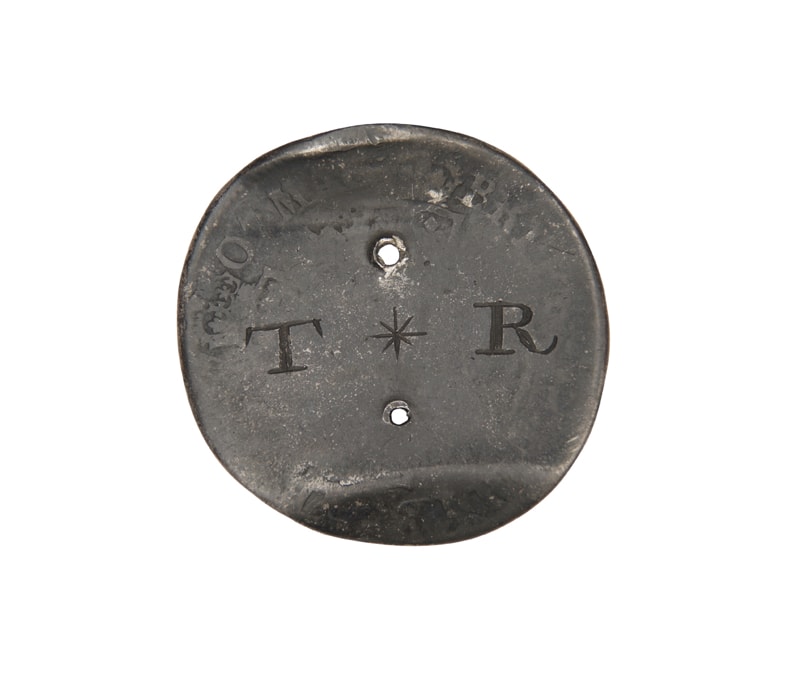About the object
A love token
Bent coins like this one were often exchanged as a solumn pledge of love between couples in the eighteenth century. The act of altering the coin signified a promise. Before it was left with a child at the Foundling Hospital, this token may have been exchanged in a kind of pre-marriage ritual. “The [bent] shilling could have a really important role in making a contract,” explains historian Sally Holloway. “A couple might come together and clasp hands and make mutual promises of love, and pledge that… as soon as they were financially able, they would get married.”
A broken promise
The fact that this object was used as a Foundling token suggests that the promise made between the parents was broken. Sally Holloway observes, “many of the mothers of Foundlings might have found themselves in this position… they might have entered into sexual activity, thinking their relationship was secure and then actually discovered that it’s not”. Choosing this object as a Foundling token might have been a mother’s way of communicating her story of love, commitment and betrayal. On the other hand, the bent coin might be a new commitment made to the child, a pledge to return for them.
A national union
As well as telling a personal, emotional story, this token also speaks of national history. The coin is dated 1707, the year in which Scotland and England came together under the ‘Acts of the Union’. An ‘E’ on back of the shilling is thought to represent ‘Edinburgh’, where the coin was minted.
Hear more about this token on the Take this Token podcast:
